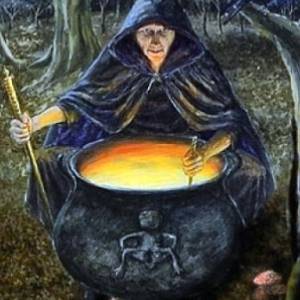A bug in the elephant's ear
At nearly midnight I went to switch off the porch light on my way to bed and noticed Cleo our battiest cat transfixed by something under the Bergenia leaves at the foot of the steps. I watched for a while as she sniffed and pawed it then I went to look. It was a maybug aka cockchafer beetle. These were so familiar in my childhood when dozens of them on the wing batted on the lighted windows at this time of year. In larval form they turned up as fat white wriggling grubs in the soil where gardeners like my father gleefully seized on them and put them out for birds.
Cockchafers make many appearances in European cultural history. As greedy subterranean pests they were arraigned in a law court in Avignon in 1320 and sentenced to confinement in a set-aside area of land, a generous offer with which they did not comply, continuing to appear here there and everywhere. As a result they were thenceforward killed on sight, remaining the number one pest of cultivated land until the 20thC. when agricultural poisons almost put paid to the species (and many others). Now, more sophisticated methods of destruction are being researched involving bacterially-weaponised nematodes.
Before we think in terms of a world without maybugs it's worth considering whether they might have a role in our human world's future nutritional requirements. The larvae were eaten in Europe in times gone by and, via the now-familiar process of poverty food transitioning into niche gourmet repasts, you can find some recipe suggestions here.
The Wikipedia entry is good for much more about this fascinating insect.

Comments
Sign in or get an account to comment.


